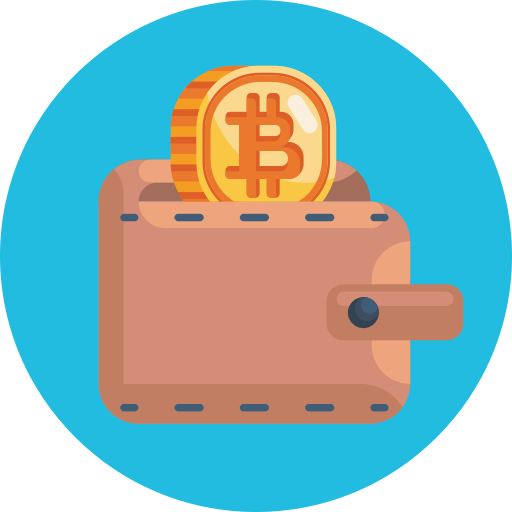How Does Bitcoin Work?
This is a question often surrounded by confusion, so here’s a quick explanation!
The basics for a new user
As a new user, you can get started with Bitcoin without understanding the technical details. Once you’ve installed a Bitcoin wallet on your computer or mobile phone, it will generate your first Bitcoin address and you can create more whenever you need one. You can disclose your addresses to your friends so that they can pay you or vice versa. In fact, this is pretty similar to how email works, except that Bitcoin addresses should be used only once.
Balances – blockchain
The blockchain is a shared public ledger on which the entire Bitcoin network relies. All confirmed transactions are included in the blockchain. It allows Bitcoin wallets to calculate their spendable balance so that new transactions can be verified thereby ensuring they’re actually owned by the spender. The integrity and the chronological order of the blockchain are enforced with cryptography.
Transactions – private keys
A transaction is a transfer of value between Bitcoin wallets that gets included in the blockchain. Bitcoin wallets keep a secret piece of data called a private key or seed, which is used to sign transactions, providing mathematical proof that they have come from the owner of the wallet. The signature also prevents the transaction from being altered by anybody once it has been issued. All transactions are broadcast to the network and usually begin to be confirmed within 10-20 minutes, through a process called mining.
Processing – mining
Mining is a distributed consensus system that is used to confirm pending transactions by including them in the blockchain. It enforces a chronological order in the blockchain, protects the neutrality of the network, and allows different computers to agree on the state of the system. To be confirmed, transactions must be packed in a block that fits very strict cryptographic rules that will be verified by the network. These rules prevent previous blocks from being modified because doing so would invalidate all the subsequent blocks. Mining also creates the equivalent of a competitive lottery that prevents any individual from easily adding new blocks consecutively to the blockchain. In this way, no group or individuals can control what is included in the blockchain or replace parts of the blockchain to roll back their own spends.
Getting Started In Bitcoin

Step 2: Add Bitcoin to your wallet
Now that you have a wallet, you probably want to add some bitcoin to your balance. You can also buy BCH and BTC right from the wallet mobile app.
Another option is to choose a Bitcoin Exchange where you can quickly set up an account and buy bitcoins with funds from a bank account or credit card. Keep your private key(s) private and never share with anyone. It is very important to backup your wallet’s private key and any other credentials for offline storage. Failing to backup could result in the loss of your Bitcoin holdings if you should ever lose the device on which the wallet is installed.

Step 1: Download a bitcoin wallet
A Bitcoin wallet is an app or program that allows you send and receive BCH. Wallets also keep track of your BTC balance which is held in one or more bitcoin addresses. Generally, wallets also have a feature that keeps a history of your Bitcoin transactions. Get started

Step 3: Use a bitcoin wallet to send and receive bitcoins
Receiving bitcoins is as easy as giving the sender your public address. Sending bitcoin requires a few more steps and since bitcoin transactions are irreversible, it is important to pay attention when sending. Overall, the process for sending bitcoin is actually quite easy:
- Copy the receiver’s public Bitcoin address (or scan QR code)
- Open your wallet and navigate to its “Send” feature, paste the receiver’s address into the appropriate field
- Specify the amount you want to send
- Confirm that the address and amount are both correct
- Send